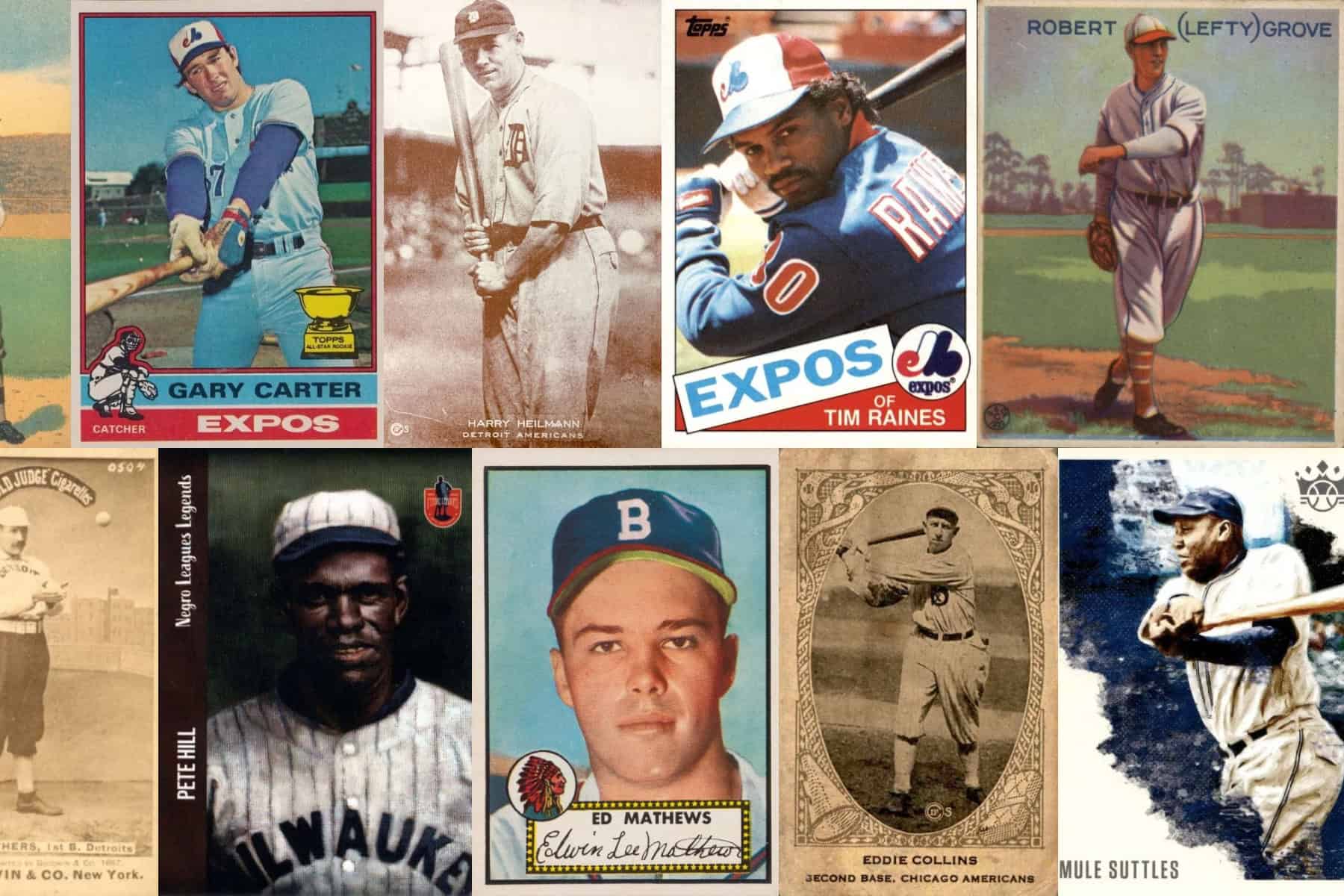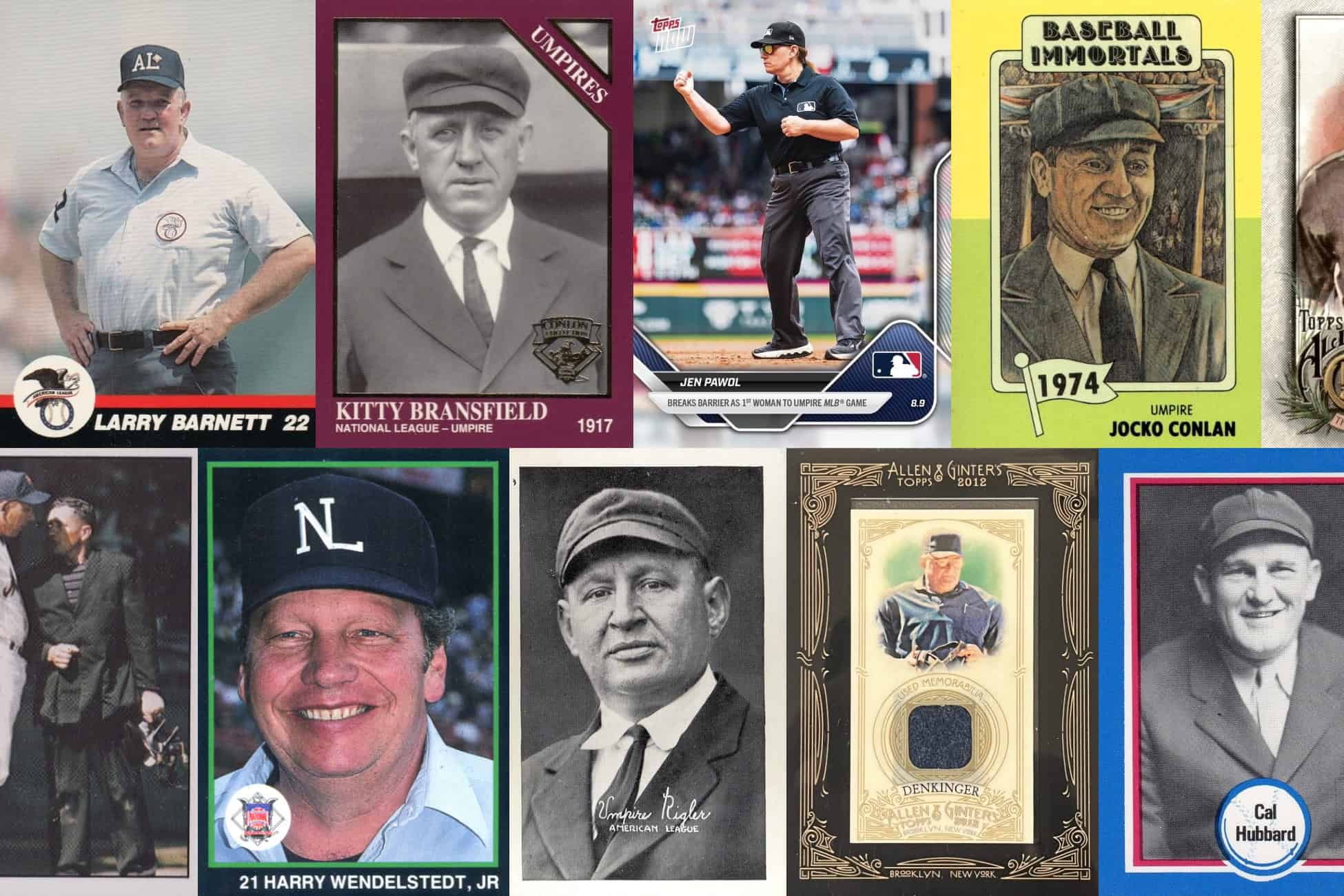1990 Upper Deck Reggie Jackson Heroes Card: “Find the Reggie”
-
Read more: The Hidden Forces Behind Baseball Card Values: Why Scarcity & Psychology Matter More Than You Think
Every collector knows the thrill of pulling a rare card from a pack or discovering…
-
Read more: 1990 Upper Deck Reggie Jackson Heroes Card: “Find the Reggie”
The baseball card industry witnessed a seismic shift in 1990 when Upper Deck launched the…
-
Read more: The Evolution of Baseball Card Backs: From Stats to Stories
Baseball cards have always been more than just pictures of players on glossy fronts. The…
-
Read more: 1991 Topps Desert Shield: History, Identification, and Value
Baseball cards often carry stories that go well beyond the diamond. Some sets reflect the…
-
Read more: Do Baseball Card Breakers Get the Best Cards?
Walk into any online baseball card community and you’ll eventually encounter a recurring conversation: breakers…
-
Read more: How to Attend Your First Sports Card Shows
For many collectors, sports card shows feels like stepping into a different world. Imagine walking…
-
Read more: The Joy of Oddball Cards: Regional Releases and Marketing Promos
Baseball card collecting has never been limited to the big flagship sets. While Topps, Fleer,…
-
Read more: Umpire Cards: A Niche Corner of the Hobby
Baseball cards have always been a way to capture the story of the game. Players…
-
Read more: 1951 Bowman Mickey Mantle #253: Inside Story
The 1951 Bowman Mickey Mantle rookie card (#253) stands as a cornerstone in the world…
-
Read more: From Shortages to Surges: Covid-Era Collecting in Baseball Cards
When the Covid-19 pandemic erupted in early 2020, it disrupted nearly every part of daily…








